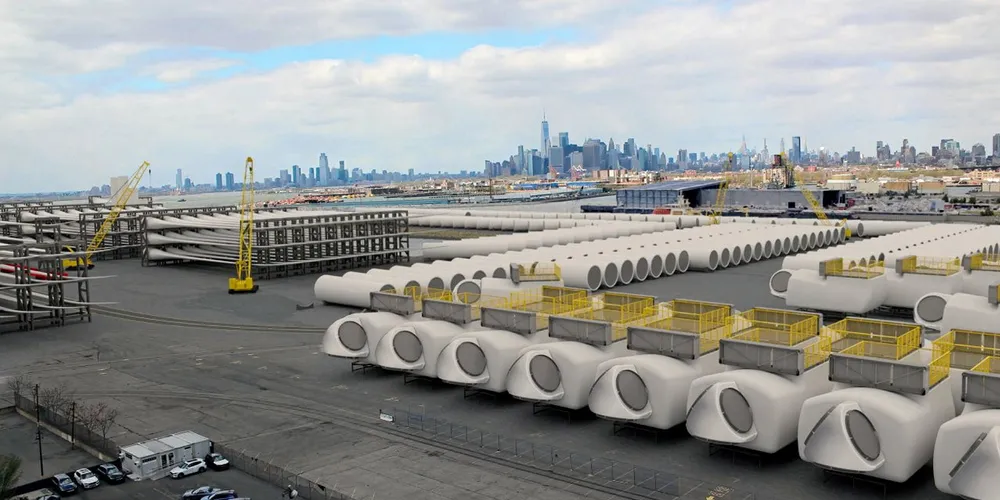US demand-supply imbalance 'puts offshore wind developers in driver's seat'
Aegir Insights sees 53GW Atlantic state requirements exceeding available acreage, raising stakes for ambitious climate targets

Limited accessible shallow water seabed along the US Atlantic and strong state demand all point in the right direction for the offshore wind sector after a tumultuous 2023, according to a new report by industry intelligence firm Aegir Insights.
Mid-Atlantic and northeastern states have set some 53GW of offshore wind procurement targets over the next decade, yet available acreage in federal waters would allow only 50GW of development. Demand is being driven by ambitious climate targets.
This is welcome news for a sector buffeted by last year's surging inflation and financing costs as well as ongoing supply chain turmoil that resulted in developers cancelling eight offtake contracts.
States responded by “re-procuring lost capacity and securing it better through increased termination fees, rather than penalising projects,” Aegir noted.
Successful reset
This new capacity is more expensive, with estimated strike prices in the New Jersey and New York rounds coming in between $145-$165/MWh, much higher than previous contracts.
“A new price equilibrium is dawning, signaling a successful reset of US offshore wind,” Aegir said.
Aegir estimates net present value for the recently procured projects at between around $3bn to $5bn-plus per GW, with a strong correlation between scale and price.
Federal-state process
US offshore wind typically occurs in federal waters under jurisdiction of energy regulator Bureau of Ocean Energy Management (BOEM).
BOEM has set a steady pace of leasing rounds to make available thousands of square kilometres of seabed, three under the administration of President Joe Biden, including the blockbuster New York Bight round that saw six leases sell for a record $4.34bn.
Even so, Aegir argued that “with the current BOEM leases, it will be almost impossible for all US Atlantic states to reach their offshore wind targets.
“This fosters competition to secure capacity,” the firm noted.
Only around 5.5GW of shallow water capacity is available in the Central Atlantic however, and none in the Gulf of Maine, which may eventually push the sector to begin floating wind development in the early 2030s.
Bottlenecks
Despite good fundamentals, the industry continues to face bottlenecks in supply chain, ports, and transmission.
Aegir noted that 19 Atlantic ports have offshore wind plans, but like much of the sector’s manufacturing capacity, are typically tied to specific projects, most of which stalled amid last year’s tumult.
Meeting the Biden administration’s target of 30GW by 2030 would require 34 new manufacturing facilities and over $22bn in investment, according to the US National Renewable Energy Laboratory.
Transmission
Transmission is an ever-present headache for the energy transition with the US having an interconnection queue north of 2TW of capacity both on and offshore.
This results in multi-year delays that make “the planning of large-scale projects difficult and creating risks should a project be ready before the grid connection,” Aegir said.
In most states, offshore wind transmission is paid for by the developer, which is eligible for federal tax credits.
(Copyright)